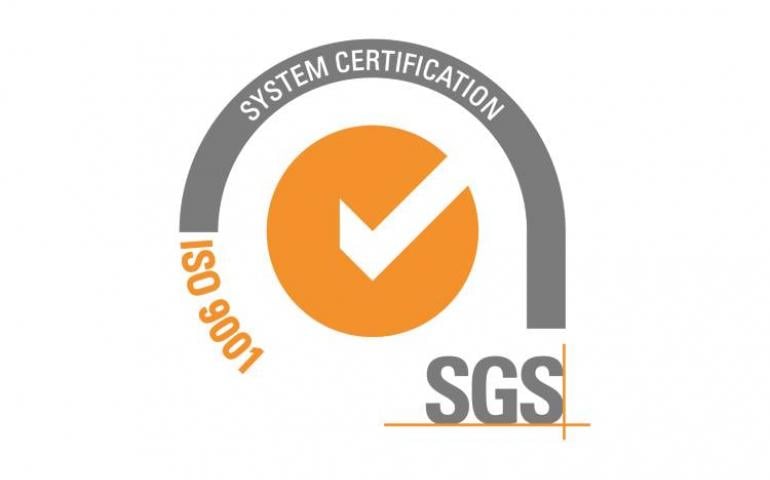Lessons Learned from SCADA Malware Attacks
Stuxnet, Duqu and Flame are high-profile malware attacking industrial control systems and related supervisory control and data acquisition (SCADA) systems. From these lessons learned on how they attack and affect the systems we try to gain more understanding of SCADA cybersecurity measures.











